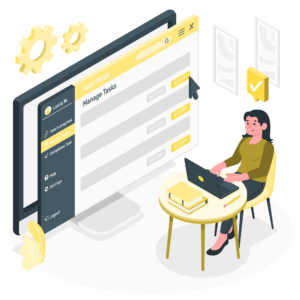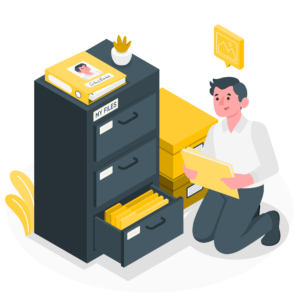
Why ADHD Founders Need Process Mapping
Process mapping is the ADHD entrepreneur’s version of “sharpening the ax” — it turns mental chaos into a visual system you can actually follow. Instead of reinventing the wheel every

Process mapping is the ADHD entrepreneur’s version of “sharpening the ax” — it turns mental chaos into a visual system you can actually follow. Instead of reinventing the wheel every

Ditch Multitasking: Boost Your Productivity Instead Are you someone who prides themselves on their ability to multitask? Do you feel like you’re getting more done when you juggle multiple tasks

Achieving Success with SMART Operations Goals It’s the time of year when the leaves are starting to turn, I am starting to spend more and more time at kid’s fall

Facebook Email LinkedIn Organize Your CRM: A Step-by-Step Guide You know it’s time to organize your CRM. You know that CRM systems are vital, but HOW they are vital to

What CRM Should I Use? The right CRM can make or break your business. It’s not just about collecting data, it’s about understanding what that data means and how you

Mastering Team Communication: Key Strategies for Small Businesses “Good communication is the bridge between confusion and clarity.” – Nat Turner This quote is especially true when considering the

Essentials of Business Communication What if I told you that the secret to a successful business isn’t just a great product or service, but how you approach business

While there are many reasons that you may want to use a physical calendar or planner when hashing out ideas, or looking at content calendars, converting those to a digital

While there are many reasons that you may want to use a physical calendar or planner when hashing out ideas, or looking at content calendars, converting those to a digital

Do you feel like your business is a chaotic mess ?? Do you not know where anything, or any project is at any point in time? Are you